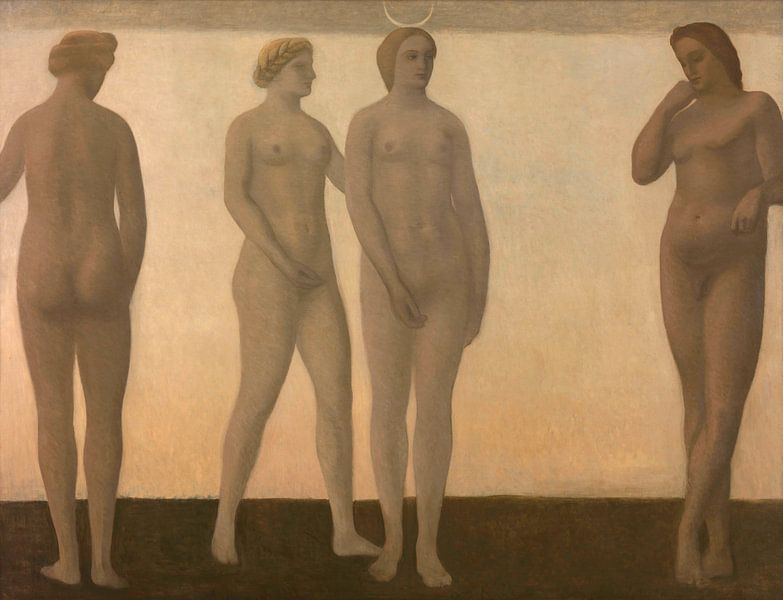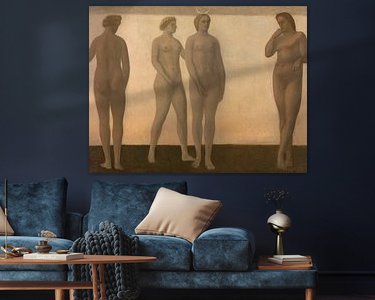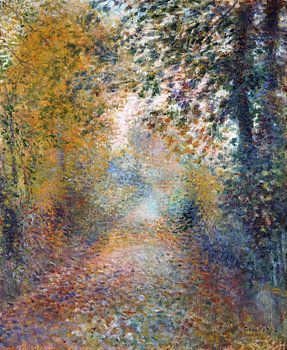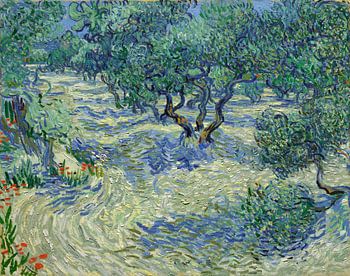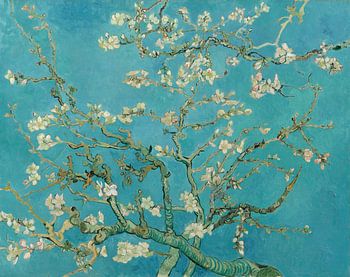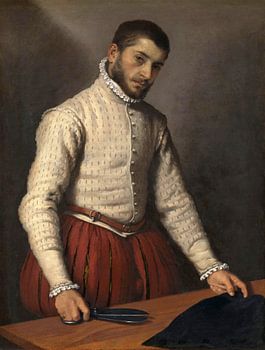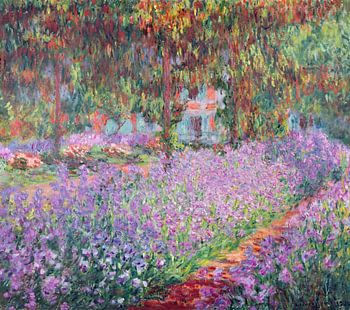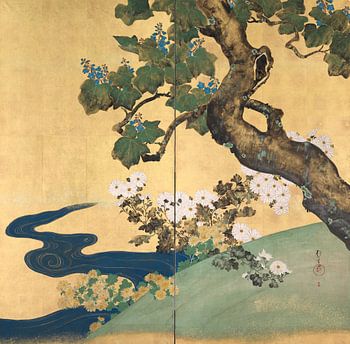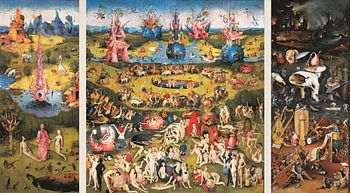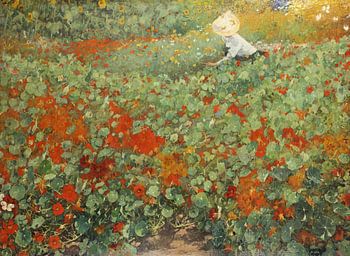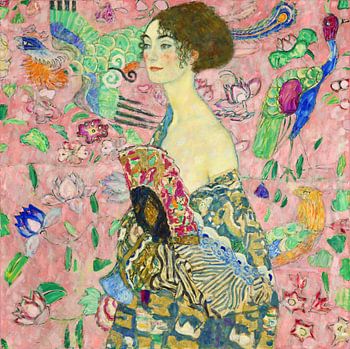
Artemis, Vilhelm Hammershøi
There is no physical space behind Hammershøi’s figures. The dark base acts more as a painted surface than as an illusion of a stage. The figures seem to exist independently of time and space, like images of ideas, perhaps representing a longing for a beauty that is not of this world.
Sublimation of man
Hammershøi painted out the fleshy elements of nudity in favour of an Arcadian concept of nudity as a pure, harmonic form. In Hammershøi’s painting, the goddess Artemis - crowned with a crescent moon - becomes the centre of a sublimation of man and all things human; an insistence on beauty and art as a soulful, condensed form.
Hammershøi's two history paintings
Alongside the darkened picture Job (1887), Artemis is Hammershøi’s only realised "history painting". A theme that inspires interpretation, but which also remains enigmatic. Spectators are left wondering and with a feeling of facing a mysterious and secretive motif that rejects our vain attempts at understanding the picture, at creating links.
Vilhelm Hammershøi often written in English Vilhelm Hammershoi (1864-1916), was a Danish painter. He is known for his poetic, subdued portraits and interiors.
